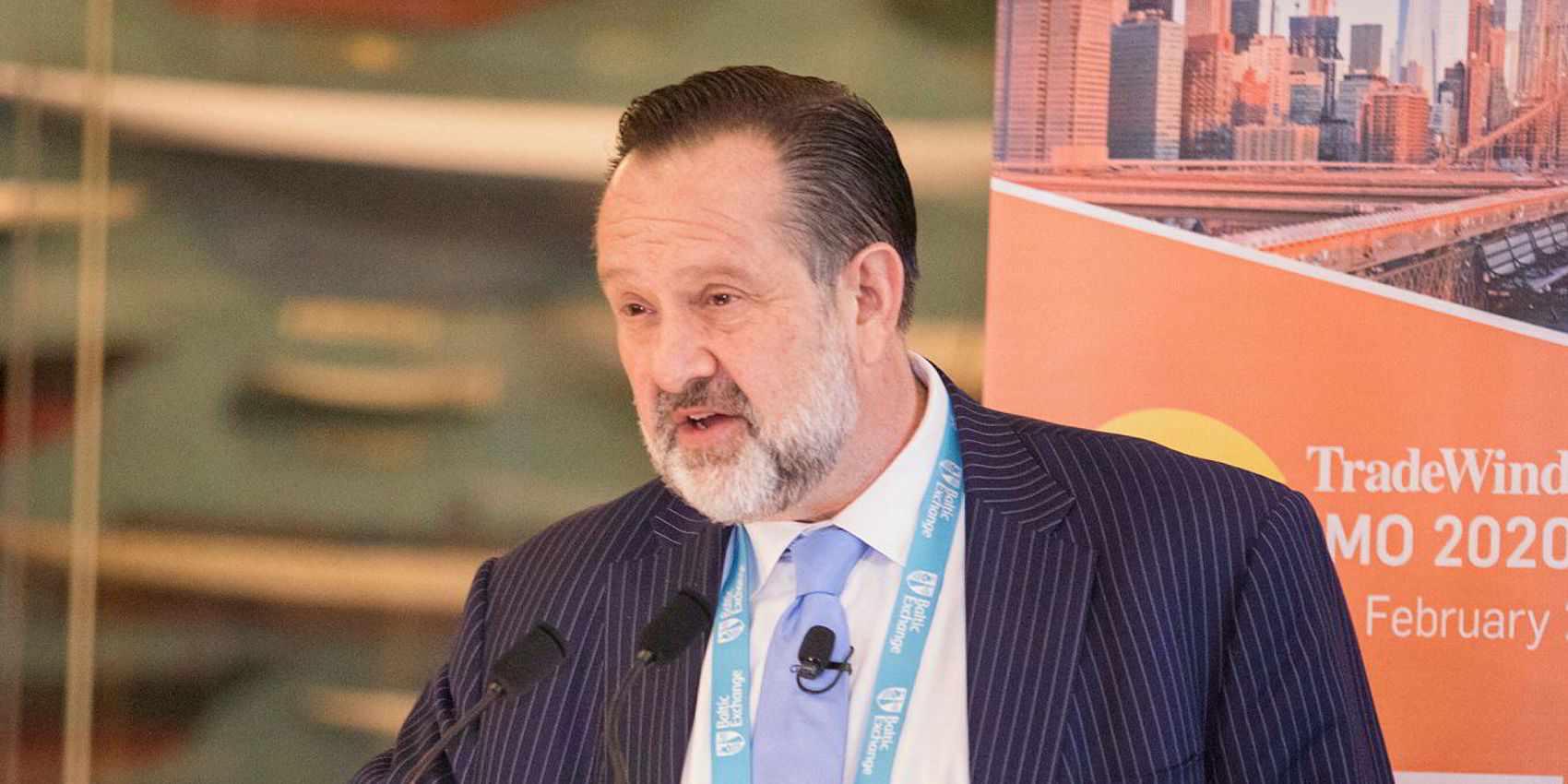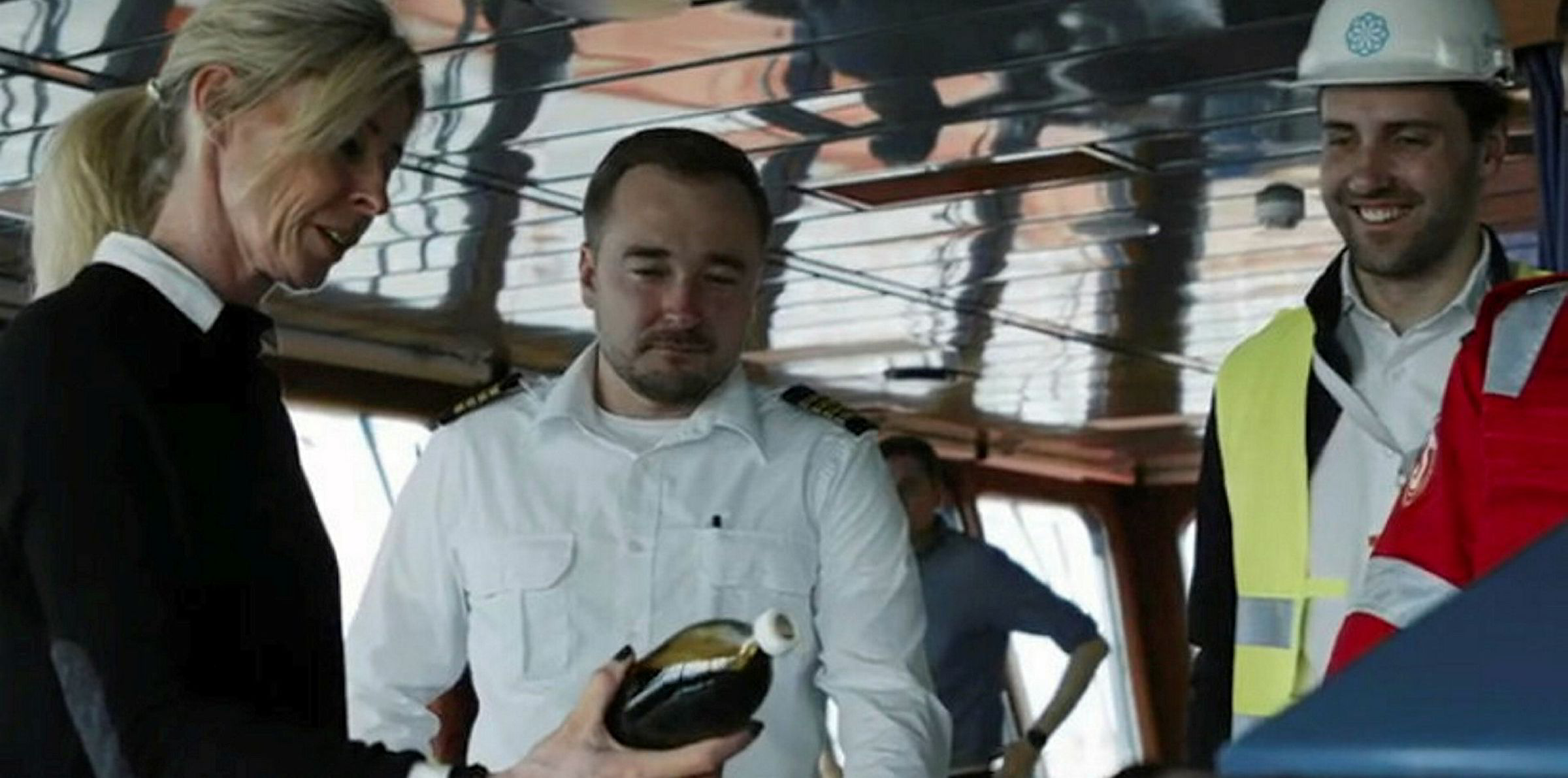Bunker prices have fallen to record lows in the extremely bearish crude market, but the business case for scrubber investments is “not entirely dead”, according to some industry experts.
Data from Ship & Bunker showed global average price for very low sulphur fuel oil (VLSFO), the most popular IMO 2020-compliant fuel, dropped to $210 per tonne on Tuesday from $283.5 per tonne in late-March.
Global average price for marine gasoil (MGO) plummeted to $268.5 per tonne from $377.5 per tonne in the same timespan.
The drops came as crude prices tumbled further with the coronavirus-triggered demand collapse and an earlier price war among producers.
“Crude oil is bringing bunker prices down, massively,” Bimco chief shipping analyst Peter Sand told a conference call held by his organisation on Wednesday.
Shipowners now enjoy historically low bunker costs while industry reports suggest the general fuel quality has improved since the beginning of the year.
The IMO has required nearly all of the trading fleet to switch to VLSFO or MGO from high sulphur fuel oil (HSFO) since January, unless they have installed scrubbers on board.
Better fuel quality
In a webinar held by consultancy BLUE Insight, Bureau Veritas’ Charlotte Rojgaard said marine fuel quality has been stabilising with density and viscosity levelling out.
“The industry is adapting the new blends…you get a more stable market in terms of quality,” said Rojgaard, global head of the classification society’s fuel-testing unit VeriFuel. But she also warned: “There are a lot of variances in different ports.”
Jan Christensen, senior director in purchasing and supply of container line Hapag Lloyd, pointed out sediment levels in bunker fuel were somewhat elevated at US east coast ports.
“Some products are not always clean [but] this has not caused any real operational issue on our side,” Christensen said. “Overall I am happy.”
Historically, HSFO prices falls less than low sulphur fuels when crude prices decrease. This, coupled with the refining industry’s efforts in hiking output of IMO 2020-complint bunker, has led to a narrower discount of HSFO to VLSFO.
Future of scrubbers
According to Alphatanker’s monthly oil report, the discount has fluctuated between $50 and $80 per tonne since mid-March, compared with $510 per tonne at the beginning of the year.
“Current futures curves do not suggest a significant rebound in the spread with it not set to exceed $150 by the medium-term time horizon,” said Alphatanker, adding that the payback period for installing the exhaust gas cleaning equipment on a VLCC has extended to four years from less than one year.
This had led to much fewer new scrubber orders, while a number of owners – including Stolt-Nielsen – are delaying or cancelling their scrubber retrofit projects.
But some experts believe that it would be too early to declare the technology a lost cause.
“Even if [the discount] is narrow…it will widen at some point,” BLUE Insight director Adrian Tolson said. “Price will recover at some point.”
While the economic case for installing scrubbers on bulkers and tankers seem weak for the moment, scrubbers can still make sense for container lines seeking to diversify fuel sources, some said.
“We are going to see a decline now in scrubber installations,” Christensen admitted. “[But] it’s a relevant compliance solution for short and mid-term.
“In my opinion, it’s not entirely dead.”
Sand said: “As long there is a premium of VLSFO on top of HSFO, it does, to some extent, makes sense to have a scrubber on board.”








